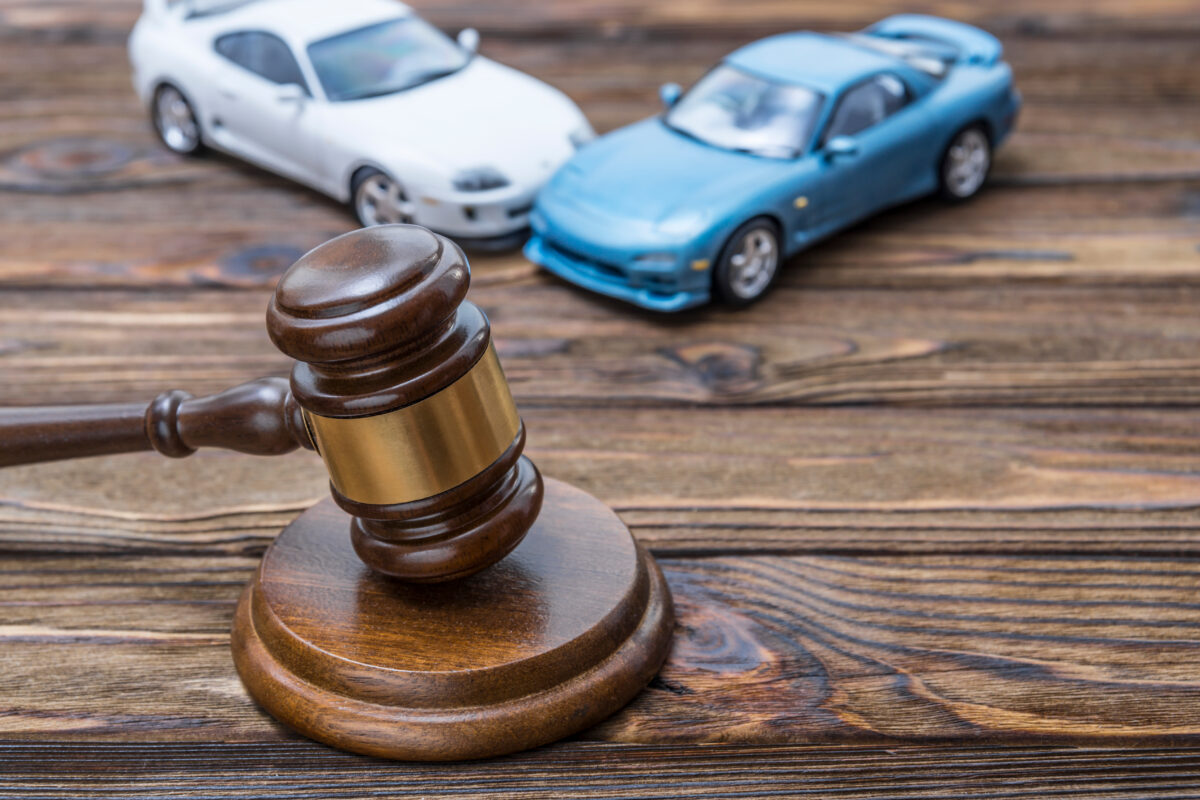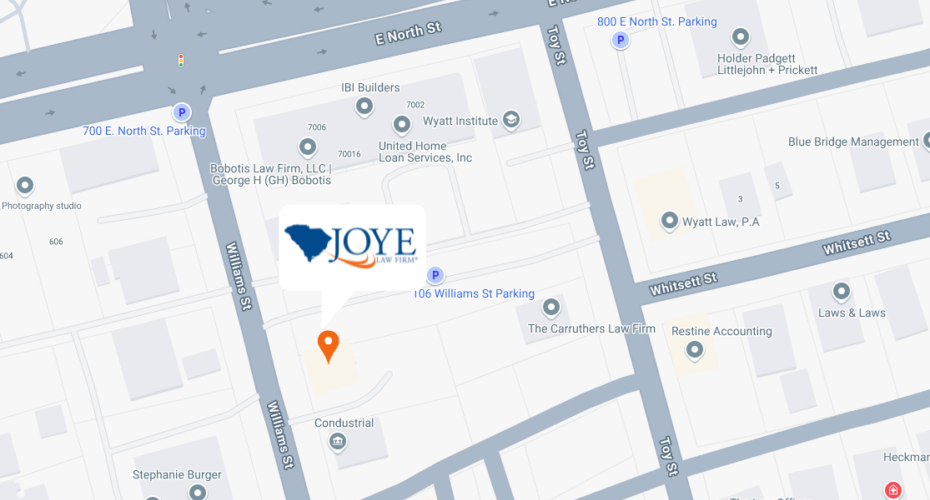
As “self-driving cars” become more common on South Carolina roadways, so does the risk of getting into a wreck with one. These vehicles can operate at different levels of autonomy, from requiring human supervision to being fully autonomous. In some cases, the car might appear to be driving itself with no one physically controlling the steering wheel or pedals. So, what happens after a crash?
The North Charleston self-driving car accident lawyers at Joye Law Firm have experience handling these unusual claims. We understand the unique challenges posed by self-driving car crashes and are here to guide you through the process with compassion and expertise.
Self-driving car technology is still evolving, and the laws governing these vehicles are continually changing. This can make determining fault and pursuing a claim particularly challenging. Our team of experienced trial lawyers is well-versed in South Carolina’s negligence and fault laws, ensuring your case is handled with the utmost care and precision.
Why Choose Joye Law Firm for Your Self-Driving Car Accident Case?

At Joye Law Firm, we know each case is unique and requires personalized attention. When you choose us, you’re not just getting a lawyer; you’re getting a dedicated team of legal professionals committed to fighting for your rights. We work tirelessly to ensure you receive the compensation you deserve for your injuries, lost wages, and other damages.
Our unique approach is collaborative, with complex cases reviewed by our entire team of attorneys during weekly case evaluation meetings. This ensures the collective wisdom of the group leaves no stone unturned in our pursuit of maximum compensation for you. To us, you are the most important part of your case. That’s why we prioritize clear communication and promise to keep you informed and involved every step of the way. After all, you work for you!
How Do Self-Driving Cars Work?
Driverless technology represents one of the most significant advancements in modern transportation. These vehicles are designed to navigate and operate without human intervention, relying on a combination of advanced technologies to perceive their environment, make decisions, and control movement. Here’s a closer look at the core components that, in theory, make self-driving cars function:
Sensors
Self-driving cars are equipped with a variety of sensors that gather real-time data about their surroundings. These include:
- Lidar: Uses light detection and ranging to create detailed 3D maps of the environment, helping the vehicle detect objects and measure distances.
- Radar: Utilizes radio waves to detect the speed and distance of objects, useful for identifying other vehicles and obstacles.
- Cameras: Provide visual information to the car’s systems, helping with tasks like lane detection, traffic sign recognition, and object identification.
- Ultrasonic Sensors: Typically used for close-range detection, such as parking assistance.
AI Algorithms
Sophisticated artificial intelligence (AI) algorithms process the data these sensors collect. These algorithms work in the following ways:
- Perception: Interpret sensor data to understand the vehicle’s environment, identify objects, predict their movement, and detect road conditions.
- Planning: Make real-time decisions on the best course of action, such as changing lanes, stopping for pedestrians, or adjusting speed.
- Control: Convert these decisions into precise commands that control the vehicle’s acceleration, braking, and steering systems.
Connectivity
Many self-driving cars have communication systems that allow them to connect with other vehicles and infrastructure. Called Vehicle-to-Everything (V2X) technology, it enables:
- Vehicle-to-Vehicle (V2V) Communication: Allows cars to share information about speed, position, and road conditions to improve safety and traffic flow.
- Vehicle-to-Infrastructure (V2I) Communication: Enables cars to interact with traffic lights, road signs, and other infrastructure for better navigation and safety.
Machine Learning
Machine learning, a subset of AI, plays a vital role in developing self-driving technology. By analyzing vast amounts of driving data, these cars should be able to improve their decision-making capabilities and adapt to a wide range of driving scenarios.
Common Issues with Self-Driving Cars
Despite the impressive capabilities, the technology is still evolving and faces several significant challenges. Here are some of the most common issues:
Software Glitches

Self-driving cars rely heavily on complex software to interpret sensor data and make decisions. However, software bugs and glitches can lead to misinterpretations of the environment or incorrect actions. Ensuring the reliability and safety of these software systems is a major challenge for developers.
Sensor Malfunctions
The effectiveness of self-driving cars depends on the accuracy and reliability of their sensors. Sensor malfunctions, whether due to hardware failures or environmental conditions (such as heavy rain, fog, or snow), can compromise the vehicle’s ability to perceive its surroundings accurately. Redundancy and robust error-detection mechanisms are supposed to help mitigate these risks.
Ethical Dilemmas
Self-driving cars must be programmed to handle complex ethical decisions in scenarios where harm is unavoidable. For instance, if a collision is imminent, should the car prioritize the safety of its occupants or pedestrians? These ethical dilemmas pose significant challenges in programming AI systems to make morally sound decisions.
Complex Driving Environments
Urban environments present numerous challenges for self-driving cars due to the high density of vehicles, pedestrians, cyclists, and other obstacles. Navigating these complex environments requires advanced perception and decision-making capabilities, which are still under development.
Legal and Regulatory Hurdles
The regulatory landscape is still in flux. Different states and countries have varying regulations regarding the testing and deployment of autonomous vehicles. Establishing consistent and comprehensive regulatory frameworks is essential to ensure the safe integration of self-driving cars on public roads.
Public Trust and Acceptance

For self-driving cars to become mainstream, they must gain public trust. High-profile accidents involving autonomous vehicles have raised concerns about their safety and reliability. Building public confidence through transparent testing, clear communication of benefits, and demonstrated safety performance is vital for widespread adoption.
While self-driving car technology has made remarkable strides, it still faces numerous challenges that must be addressed before it can become a common feature on our roads.
At Joye Law Firm, we stay informed about these developments to better serve our North Charleston clients involved in self-driving car accidents. Whether it’s understanding the latest technology or navigating the complex legal landscape, we are here to help you every step of the way.













